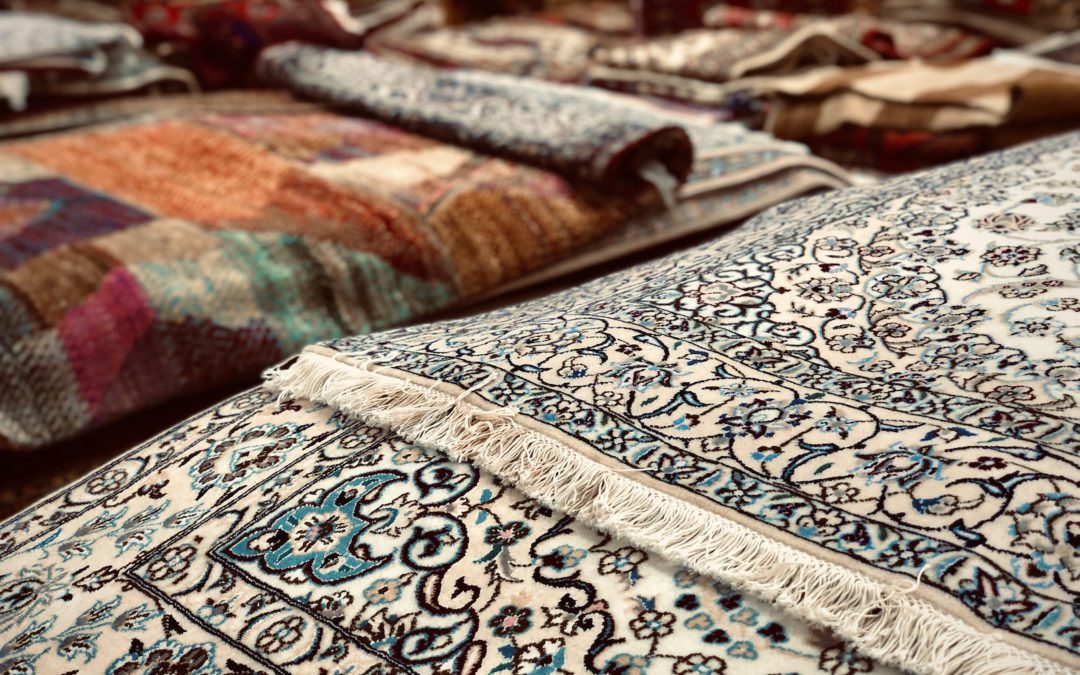Oriental rugs have been treasured accessories for an incredibly long time. Rich and warm, featuring unique decorative elements, and capable of lasting for generations, these are treasured items. Where did they originate from, though? How long have they been used in our homes?
Oriental rugs have a long, interesting history, and we’ll explore part of that story below.
The Birth of Oriental Rugs
Whether you call them Oriental rugs or Persian rugs, it comes down to the same thing. Hand-crafted and featuring intricate decorations and beautiful colors, these rugs originated in Asia. Today, some of the biggest exporters include Iran, China, Russia, India, Turkey, Pakistan, Nepal, and Tibet, but evidence of their use dates back all the way to 500 BC. Of course, hand-knotted rugs probably predate this, but the oldest existing physical evidence comes from this period.
The Evolution of Oriental Rugs
Over time, the Oriental rug evolved and spread. There are existing fragments of hand-knotted rugs from Turkestan, Syria, Iraq, and Afghanistan, as well as other parts of the world. Each culture brought something different, particularly in terms of patterns and decoration, although most of the time the overall arrangement remained the same: a field of repeating patterns was framed by an elaborately designed main border, with multiple secondary borders.
The Most Iconic Features of Oriental Rugs
While Oriental rugs have evolved over time, most of them maintain a few key characteristics that set them apart from other rugs on the market today. These include:
- Organic Fabrics – The highest-quality Oriental rugs are made from organic cotton, wool, and silk, and not from synthetic materials. Wool is one of the most resilient materials and is often the option of choice for the finest Persian rugs.
- Hand-Knotted – While machines can manufacture rugs faster than humans, hand-knotting remains the only option for heirloom-quality Oriental rugs.
- Intricate Designs – You’ll find that while the specifics vary by geographic region and culture, all high-quality Oriental rugs include intricate designs. Patterns, shapes, cultural motifs, and more all made their way into these rugs over time.
Oriental Rugs Come to the West
Western culture was introduced to Oriental rugs many centuries ago. However, they did not become common until the 1600s, and they were used primarily for wall hangings than for floor coverings.
Today, of course, you’re much more likely to find fine Persian rugs on the floor, decorating homes around the world. Heirloom-quality rugs offer more than just good looks and durability – they offer a direct connection with history.

